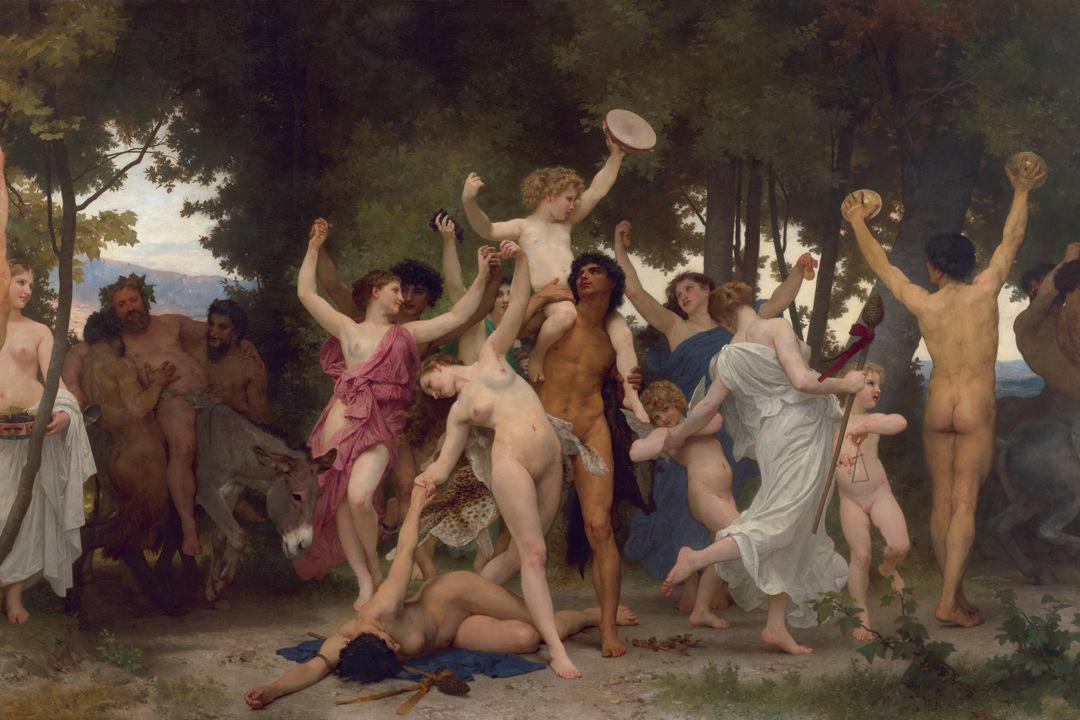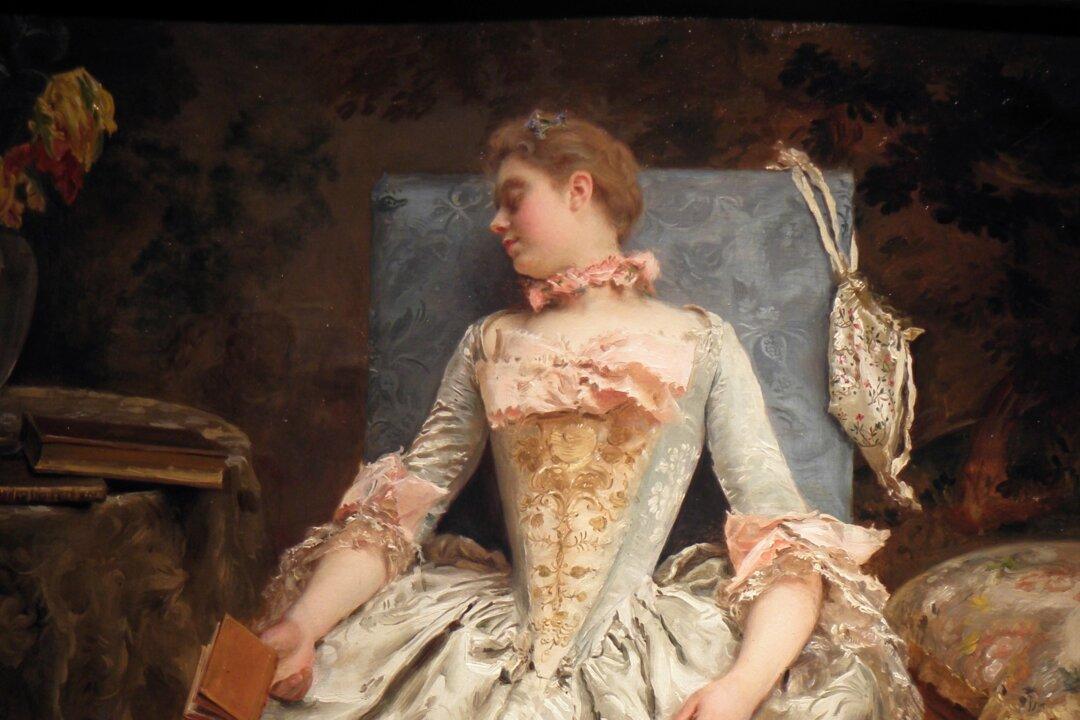Apart from the École des Beaux-Arts, there were other important and influential academy schools. Many of them, including the École des Beaux-Arts, were either run by members of the institute or had teachers who were members. Among the most important and successful of the schools was the Académie Julian which had significant power in the Société des Artistes Français, giving it a leading voice as it had the largest number of schools and students. The Académie Julian was founded by Rodolphe Julian in 1868, and by 1873 was accepting both male and female students. The school was so successful that many other franchises of it opened all over Paris.
Julian was a student of Alexandre Cabanel. His work had been exhibited at the Salon des Refusés, which exhibits works that did not make it into the Paris Salon, in 1863 and later in the Salon proper, but in 1881 his most prestigious honor was given to him, the Légion d'Honneur, for his role as a teacher. His true skills rested there and not with his personal art. Rodolphe Julian perhaps is best described in a recollection by one of his students, as written in “Confessions of a Young Man” by George Moore:
“I found Monsieur Julian, a typical meridional (from southern France): dark eyes, crafty and watchful, a seductively mendacious manner, and a sensual mind. We made friends at once, he consciously making use of me, I unconsciously making use of him. To him my 40 francs, a month’s subscription, were a godsend.”
The Academy Julian has the important distinction of being the first school to accept female students, and it did so a full 30 years in advance of the École des Beaux-Arts. By 1873 Julian had men and woman studying alongside each other in the same studio, but after criticism, the suggestion of impropriety, and laws at the time that made mixed sex classes difficult, he quickly established separate schools for men and woman. This was accomplished with the encouragement of one of Julian’s first students who later became his companion, Amélie Beaury-Saurel, and with the assistance of the prominent artist and Julian’s good friend, William-Adolphe Bouguereau, who was known for painting depictions of feminine strength.
William-Adolphe Bouguereau (1825–1905) was the most famous and well-known artist in all of France and his fame extended across Europe and America. He was a known fighter for justice and donated considerable amounts of time to help the poor and the misfortunate. He won almost every honor, award and accolade available to a French painter, starting with the Prix de Rome in 1850.
He became a professor at the École des Beaux-Arts in 1875, and was one of the longest serving members of the Institute starting in 1876 till his death in 1905. In 1885 Bouguereau served as President of the Institute, presiding over all five of the academies. In this same year, Bouguereau was elected president of a philanthropic association founded by the philanthropist Baron Taylor, whose goal was to accumulate funds to help support less fortunate artists and their families. At the funeral of Victor Hugo, the most beloved poet and writer in France, Bouguereau was chosen to give the graveside eulogy, as he was as beloved for painting as Hugo was for literature. Bouguereau was one of the head instructors at the Academy Julian and became the President of the Société des Artistes Français. He was a jury member for the Exposition Universalles, the World Fair, of 1889 and 1900, and finally Grand Officer in the in the Légion d'Honneur in 1903.
Bouguereau’s oeuvre was diverse in subject, though he was known primarily for figurative works. His genre paintings can be classified into religious, mythological, nudes, peasants, portraits and scenes of everyday life. He was a tireless worker and on top of family responsibilities and all the administrative duties that came with the various offices he held, Bouguereau painted a total of 828 known finished works, mostly life size canvases and many with multiple figures. This makes Bouguereau one of the most prolific of the academic artists.
Bouguereau had a gift for powerful emotional imagery. In his painting of “Premier Deuil” (“First Mourning”), for example, the dead body of Abel lies across Adam’s lap in the same manner as Christ is often depicted lying across Mary’s. Adam clutches his heart out of grief and Eve kneels by his side her face buried in her hands. Although this is a religious work, Bouguereau wanted to capture the tangible human experience of losing a child, versus transcendence or holiness.






